The extreme environments of Earth's polar regions present some of the most formidable survival challenges known to humankind. These frozen landscapes, while breathtaking in their stark beauty, demand specialized knowledge, meticulous preparation, and profound respect from anyone daring to venture into their icy grasp.
Understanding the Polar Environment
Survival in polar regions begins with comprehending the unique environmental factors at play. Temperatures routinely plunge below -40°C (-40°F), with wind chill factors that can make it feel substantially colder. The perpetual daylight of summer months and endless night of winter create disorienting conditions for those unaccustomed. Perhaps most dangerously, the environment remains deceptively stable until sudden storms or temperature shifts create life-threatening scenarios within minutes.
The psychological toll of polar survival cannot be overstated. Isolation, sensory deprivation from the monochromatic landscape, and the constant battle against cold wear down mental resilience. Many failed expeditions trace their collapse not to physical limitations but to deteriorating decision-making under these psychological pressures.
Core Survival Principles
Shelter takes priority in polar survival scenarios. Without adequate protection from wind and cold, hypothermia can set in within hours. Snow caves, quinzhees, or properly constructed igloos provide superior insulation compared to tents in extreme cold. The principle of creating an insulating air barrier between oneself and the frozen ground remains paramount - whether through layers of pine boughs, inflatable sleeping pads, or other improvised materials.
Water procurement presents a constant challenge, as melting snow consumes substantial fuel. The common misconception that eating snow hydrates can actually lower core temperature dangerously. Proper snow melting techniques using minimal fuel, along with insulating water containers to prevent freezing, become essential skills. Dehydration occurs rapidly in cold climates despite reduced perspiration, as the body loses significant moisture through respiration in dry polar air.
Nutrition and Energy Management
Caloric needs in polar environments skyrocket to 4,000-6,000 calories per day due to the body's constant thermoregulation efforts. High-fat foods provide the most efficient energy source, as fats metabolize slowly and generate internal heat. Traditional polar diets of indigenous peoples heavily feature blubber and fatty meats for this reason. Modern polar rations similarly emphasize dense calorie sources like nuts, chocolate, and dehydrated fats.
The paradox of polar nutrition lies in the difficulty of consuming enough calories. Cold suppresses appetite while making food preparation arduous. Forcing regular meals regardless of hunger becomes a discipline that separates survivors from casualties. Vitamin C intake requires special attention to prevent scurvy - a very real threat when fresh provisions run low.
Clothing Systems
Effective polar clothing operates as a system of layers rather than relying on any single garment. The base layer manages moisture, the insulating layer retains heat, and the outer shell blocks wind while allowing perspiration to escape. Modern synthetic materials outperform natural fibers in most scenarios, though traditional fur clothing still excels in certain conditions.
Perhaps the most critical clothing consideration is maintaining dry insulation. Once damp, most materials lose their insulating properties dramatically. The survival adage "you sweat, you die" originated in polar regions, emphasizing the need to ventilate during exertion and add layers during rest. Extremity protection demands particular attention, as frostbite typically strikes fingers, toes, and facial features first.
Travel and Navigation
Movement across polar terrain presents unique hazards. Whiteout conditions eliminate visual references, making navigation by compass alone unreliable near magnetic poles. Crevasses hidden beneath snow bridges can swallow travelers whole, while thin ice over Arctic waters requires constant assessment. Traveling during storms courts disaster, as even short exposures can prove fatal.
Traditional navigation methods like tracking the sun's position (during polar day) or stars (during polar night) remain valuable when technology fails. Modern GPS systems function well at high latitudes but suffer from battery life limitations in extreme cold. The prudent polar traveler always maintains redundant navigation methods.
Emergency Preparedness
No polar expedition should commence without comprehensive emergency planning. Satellite phones and emergency beacons provide critical lifelines, though their limitations in extreme cold must be understood. Signaling devices like flares or signal mirrors take on heightened importance when rescue may represent the only survival option.
Frostbite treatment knowledge proves essential, as improper thawing of frozen tissue causes additional damage. The "freeze-thaw-refreeze" cycle creates catastrophic injury, meaning thawing should only be attempted when refreezing can be prevented. Similarly, recognizing and treating hypothermia in its early stages before mental impairment sets in often determines survival outcomes.
Psychological Resilience
Long-term polar survival depends as much on mental fortitude as physical preparation. The phenomenon of "polar madness" documented in early explorers highlights the psychological toll of prolonged exposure to extreme environments. Maintaining routines, purposeful activity, and social connections (when possible) all help preserve mental health.
Decision-making under stress requires conscious effort, as cold and fatigue degrade cognitive function. The survival mindset prioritizes methodical assessment over panic, recognizing that most polar environments allow little margin for error. Stories of miraculous survivals typically feature individuals who maintained problem-solving capacity despite dire circumstances.
Learning from Indigenous Wisdom
The Arctic's indigenous peoples offer millennia of accumulated survival knowledge often overlooked by modern explorers. Their understanding of animal behavior for hunting, ice condition assessment, and natural shelter location represents an invaluable resource. Traditional clothing designs, snowshoe technology, and sled construction have been refined through generations of lived experience.
Perhaps most importantly, indigenous polar cultures demonstrate sustainable coexistence with extreme environments rather than attempting to conquer them. This philosophical approach to polar survival - working with environmental conditions rather than against them - frequently proves more effective than brute-force technological solutions.
Modern Technology's Role
While traditional knowledge remains vital, modern materials and technology have revolutionized polar survival. Lightweight synthetic insulations, advanced weather forecasting, and reliable communication devices have reduced (though not eliminated) historical risks. However, overreliance on technology creates its own dangers when systems fail or batteries die in the cold.
The most effective modern polar survival strategies blend cutting-edge technology with time-tested traditional methods. Satellite phones provide emergency communication while understanding animal migration patterns ensures food procurement options. GPS offers precise navigation while celestial navigation skills provide backup when electronics fail.
The Human Factor
Ultimately, polar survival tests fundamental human adaptability. Our species evolved in tropical environments, yet through ingenuity and determination, we've learned to endure conditions utterly alien to our physiology. This capacity for environmental mastery, when coupled with humility toward nature's power, defines successful polar survival.
Those who thrive in Earth's frozen realms share certain qualities: meticulous preparation, respect for the environment's lethality, and the flexibility to adapt when plans fail. Perhaps most crucially, they understand that polar survival isn't about conquering nature, but about cooperating with its rhythms to find a precarious balance between life and the elements that would extinguish it.
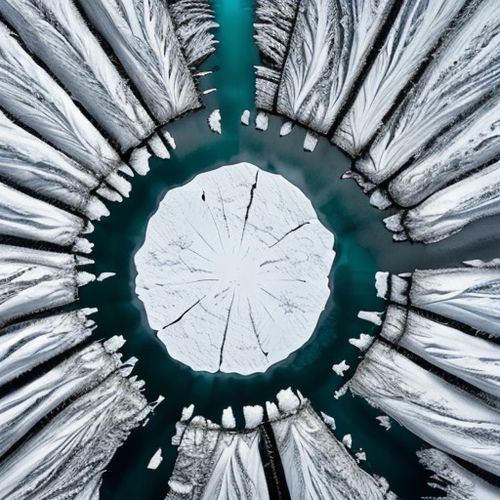
By Sophia Lewis/May 8, 2025
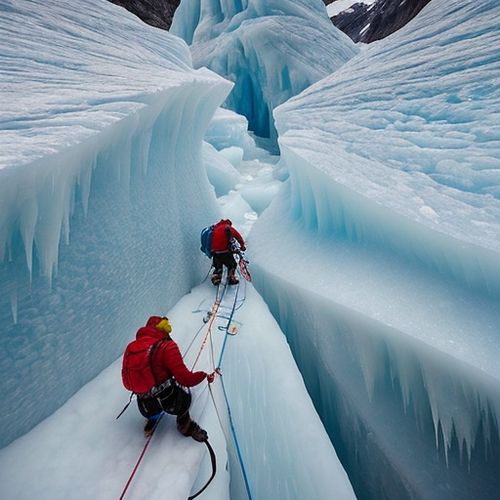
By Samuel Cooper/May 8, 2025
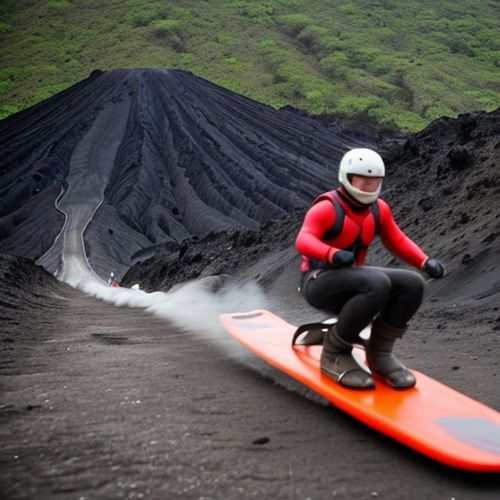
By William Miller/May 8, 2025
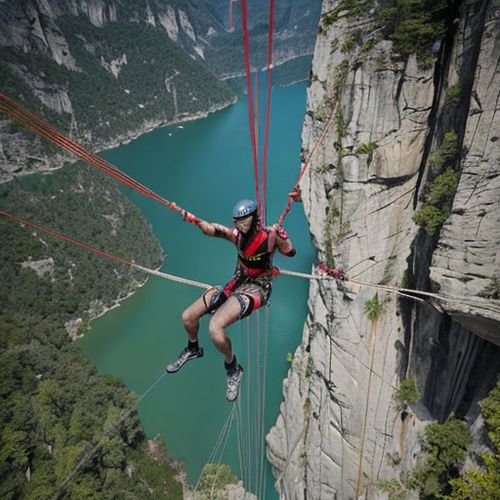
By Rebecca Stewart/May 8, 2025
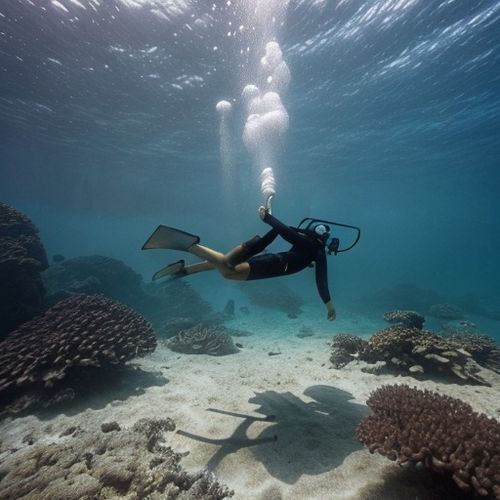
By Natalie Campbell/May 8, 2025

By Jessica Lee/May 8, 2025

By Thomas Roberts/May 8, 2025
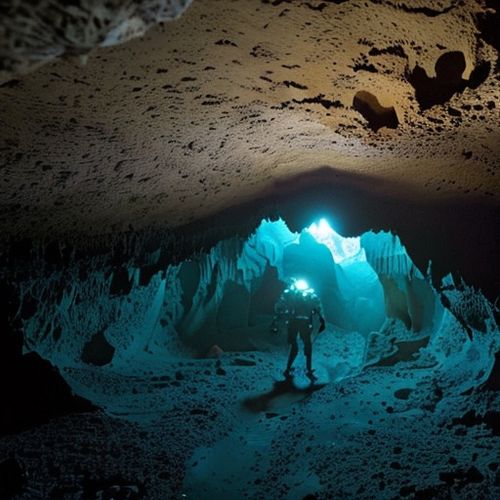
By Christopher Harris/May 8, 2025

By Christopher Harris/May 8, 2025
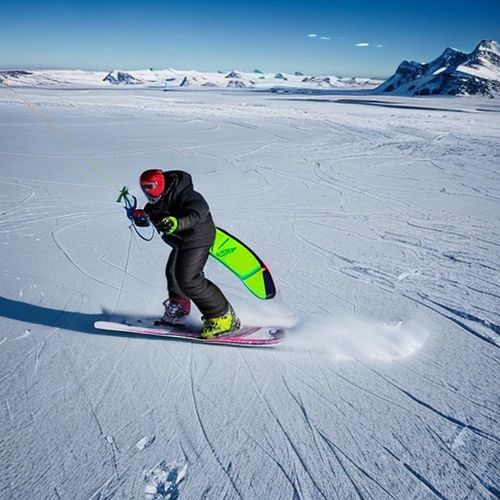
By Natalie Campbell/May 8, 2025
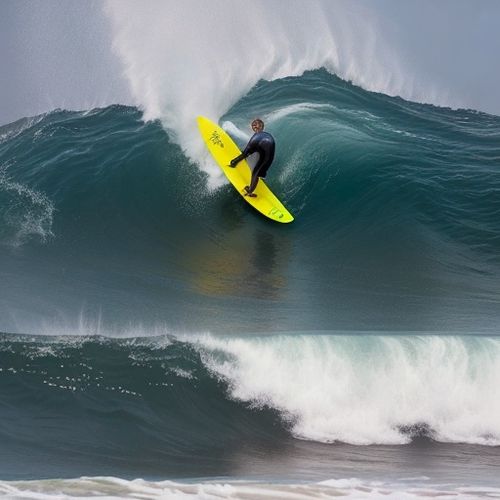
By Rebecca Stewart/May 8, 2025
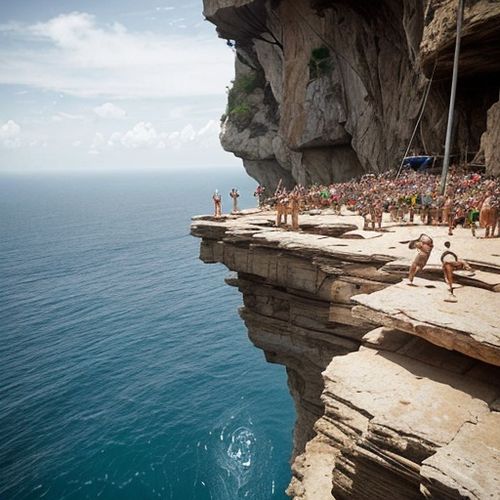
By Sophia Lewis/May 8, 2025

By Noah Bell/May 8, 2025

By Sophia Lewis/May 8, 2025

By Benjamin Evans/May 8, 2025

By Benjamin Evans/May 8, 2025

By Eric Ward/May 8, 2025

By Elizabeth Taylor/May 8, 2025

By Daniel Scott/May 8, 2025

By Eric Ward/May 8, 2025